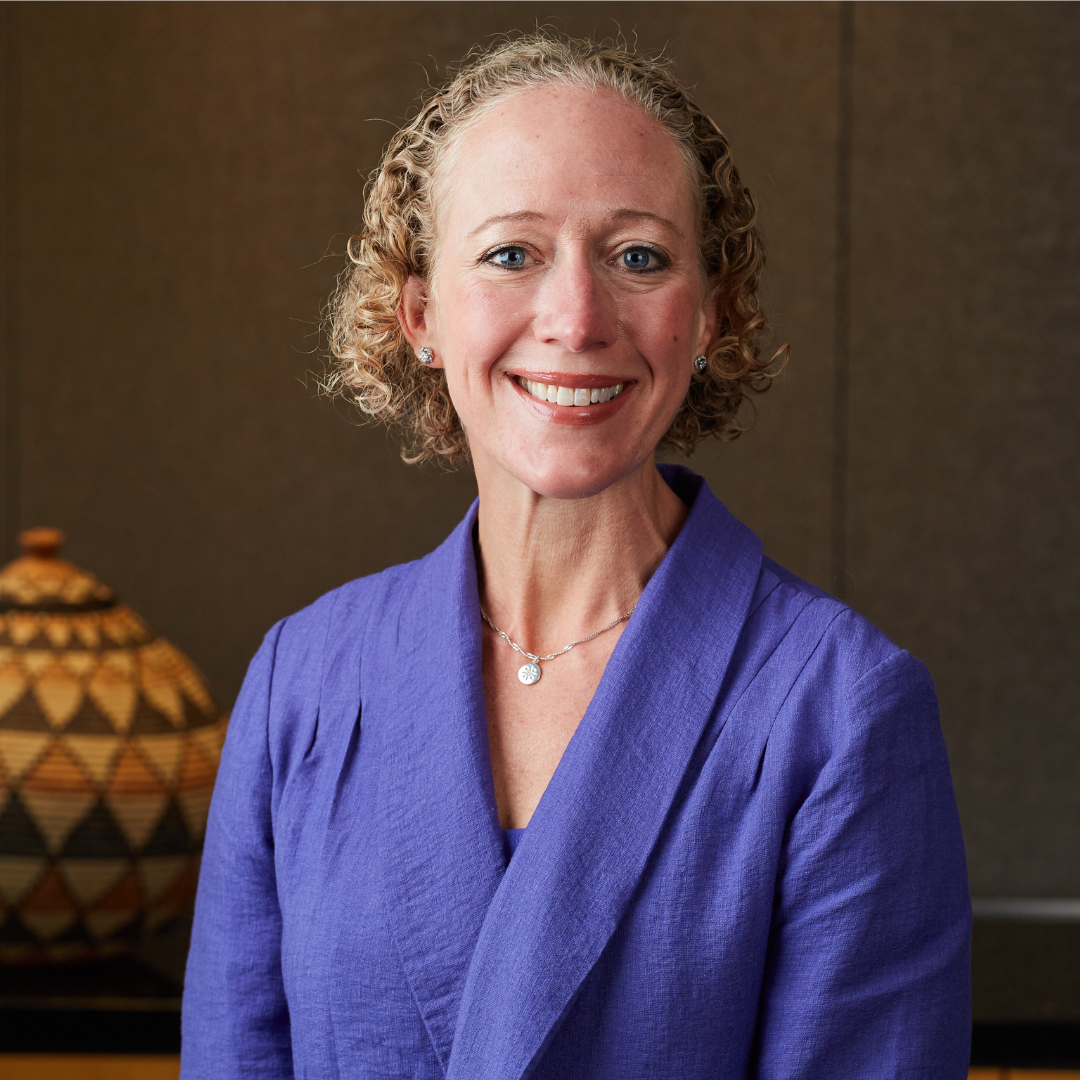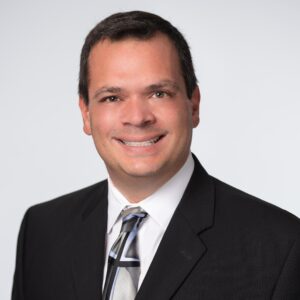Analysis Reveals the Effects the CMS Staffing Proposal Would Have on Nursing Homes
The Centers for Medicare and Medicaid Services’ (CMS) new proposed rule has generated lots of discussion within the senior care industry. The rule, which we covered last month, would establish new requirements for registered nurse and nurse aide staffing levels in nursing homes. It also requires nursing homes to have a RN on duty 24/7. Designed to establish stronger staffing requirements, the rule also establishes new Medicaid reporting requirements.

Alice Burns, associate director of KFF’s Program on Medicaid and the Uninsured
KFF, an independent source for health policy research, polling, and journalism, has released a brief examining the share of nursing facilities that might meet the proposed new staffing requirement. Alice Burns, associate director of KFF’s Program on Medicaid and the Uninsured, sat down with iAdvance Senior Care to discuss the brief and what its findings mean for the nursing home industry.
Creating the Brief
Burns explains that KFF started working on the brief well before the CMS rule was proposed. “We started in April of 2023, and we started working on it early because we’d seen the announcements that there would be a proposed rule coming and we wanted to get ourselves ready,” she says. “We had an early version where we looked at the percentage of facilities that could comply with staffing standards of 2.0 or 2.5 hours per resident day, and we looked at a variety of thresholds. We were really well positioned to update the data analysis when the rule came out on September 1.” Updating the analysis only took about two weeks, and the brief was published September 18.
Key Findings
According to the brief, approximately 19% of nursing facilities would currently meet the minimum RN and nurse aide staffing requirements, while 81% of facilities would need to hire more RNs or nurse aides. Only 28% of facilities meet the nurse aide requirement, but nearly half of facilities meet the RN requirement. More non-profit facilities meet the requirements than for-profit facilities, and 90% of for-profit facilities would need to hire more RNs or nurse aides.
Burns notes that since KFF had been working on the brief for a while, she had a pretty good idea of where those numbers would land, but there were elements of the proposed rule that surprised her. “There was no requirement for LPNs,” she notes. “That made us wonder how those people would be employed. Would facilities continue to employ them, try to train them to become RNs, or let them go and hire less skilled nurse aides? The latter is probably not what CMS intended with the rule.”
The question of how many facilities have a RN on duty 24/7 remains unanswered. “There’s all sorts of data that tells us how many hours of RN staff time each facility has, but we don’t know when those hours are occurring,” explains Burns. “You could have three RNs working 9 to 5, and that’s 24 hours of RN time in a 24-hour period, but it’s all occurring between 9 to 5. I don’t know how CMS is going to assess compliance. I was surprised about the lack of data available for us to assess.”
What the Data Means for the Nursing Home Industry
The main takeaway from the brief is that most facilities are going to need to hire more staff to meet the new requirements. “The real question is how is that going to happen,” she says. “The rule is silent on any additional federal funding. Medicaid is the primary payer, but that’s a state and federal jointly financed program, and states usually have to balance their budgets. If states will pay more for the care, what else will have to get cut back? Will facilities be expected to absorb the additional cost?”
She explains that the effects of the new requirements could have more widespread implications for the industry, too. “We know for-profits are more likely to have to hire more staff,” says Burns. “We don’t know the effects on ownership, profit, and structure. We don’t know if it increases the cost facilities charge people who are paying out of pocket.” Such changes could create trickle effects that lead to nursing facility ownership changes, and they could make ownership less attractive to private investors.
Moving Forward
CMS has requested comments on the proposed rule. “We don’t make recommendations or endorse policies, but we try to provide information to organizations that do,” says Burns. “We hope people will use that information to think about the rule and what comments they want to submit.”
The comment period for the proposed rule ends on November 6. You can submit a formal comment online.

Paige Cerulli is a contributing writer to i Advance Senior Care.
Related Articles
Topics: Facility management , Featured Articles , Operations , Regulatory Compliance , Staffing












